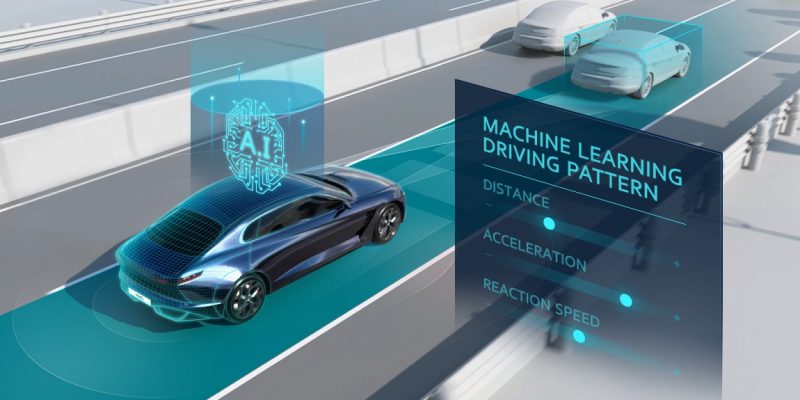Pulse of Information
Stay updated with the latest news and insights.
When Cars Drive Themselves: A Look at the Future of Commuting
Discover the game-changing future of commuting as we explore the rise of self-driving cars and what it means for your daily drive!
The Technology Behind Autonomous Vehicles: How They Work
Autonomous vehicles rely on a combination of advanced technologies to navigate and operate without human intervention. At the heart of these vehicles is a sophisticated array of sensors, including LIDAR, cameras, radar, and ultrasonic sensors, which work together to create a detailed map of the vehicle's surroundings. This sensory input is processed by a powerful onboard computer that employs various algorithms and artificial intelligence (AI) to interpret data, make real-time decisions, and ensure safe navigation. Additionally, vehicles utilize GPS and high-definition maps to enhance their positioning and route planning capabilities.
Furthermore, machine learning plays a crucial role in improving the performance of autonomous systems. By analyzing vast amounts of data collected during driving experiences, these systems learn to recognize patterns, adapt to changing environments, and make informed decisions that optimize safety and efficiency. Communication technologies also contribute significantly, enabling vehicles to connect with each other and infrastructure, collectively known as V2X (Vehicle-to-Everything) communication. This enhances situational awareness and facilitates smoother traffic flow while reducing the risk of accidents.

The Impact of Self-Driving Cars on Urban Infrastructure
The emergence of self-driving cars is set to revolutionize urban infrastructure, reshaping how cities are designed and operated. With autonomous vehicles promising increased efficiency and reduced traffic congestion, urban planners are beginning to envision a future where traditional roadways and parking structures are drastically altered. For instance, as fewer parking spaces are needed due to the capability of these vehicles to drop passengers off and park themselves elsewhere, cities can repurpose these areas for green spaces, pedestrian pathways, or mixed-use developments that foster community engagement.
Moreover, the integration of self-driving cars into urban environments poses several challenges and opportunities. Smart traffic management systems powered by data collected from these vehicles can facilitate real-time traffic optimization, leading to improved air quality and reduced travel times. Additionally, cities will need to invest in upgrading their infrastructure—including traffic signals, road markings, and communication systems—to ensure safety and efficiency in a fully autonomous landscape. As this technology advances, the relationship between urban planning and self-driving cars will become increasingly intertwined, ultimately reshaping the way we think about city living.
Will Autonomous Cars Make Commuting Safer?
The advent of autonomous cars has sparked a significant debate around commuting safety. Proponents argue that these self-driving vehicles are equipped with advanced sensors and algorithms that can react faster than human drivers, potentially reducing the incidence of accidents. According to studies, human error contributes to approximately 94% of traffic accidents, and by removing the human factor, we might see a notable decrease in collisions. With features such as automatic braking, lane-keeping assistance, and real-time traffic analysis, autonomous cars could revolutionize the way we perceive road safety.
However, the transition to fully autonomous driving presents its own set of challenges. Issues like software malfunctions, cybersecurity threats, and the ability of autonomous vehicles to react to unpredictable human behavior on the road remain significant hurdles. To ensure that commuting becomes safer with the introduction of autonomous cars, regulatory frameworks, infrastructure improvements, and rigorous testing will be critical. Only through collaborative efforts can we make the dream of safer roads a reality, ultimately leading to a more efficient and secure commuting experience for everyone.